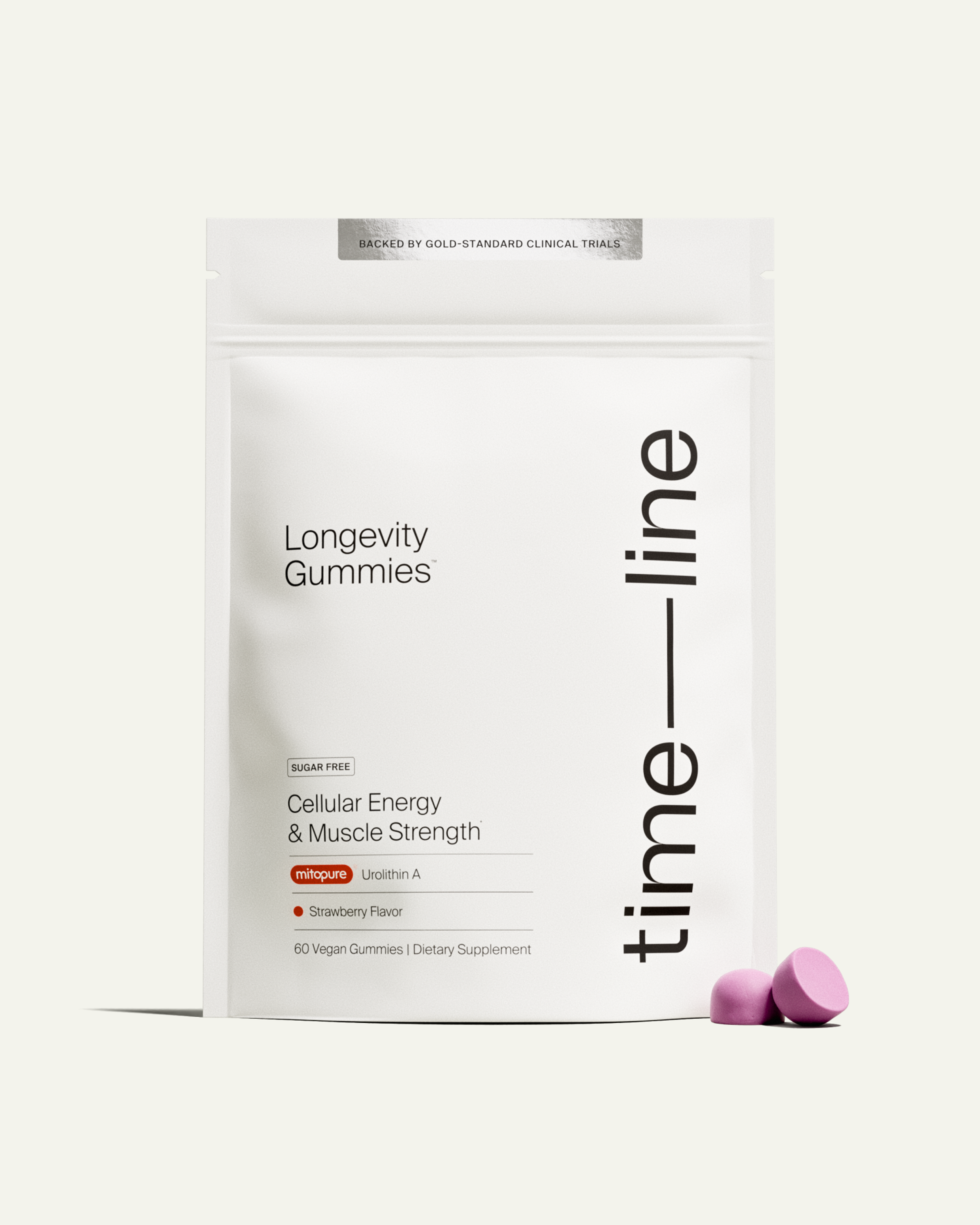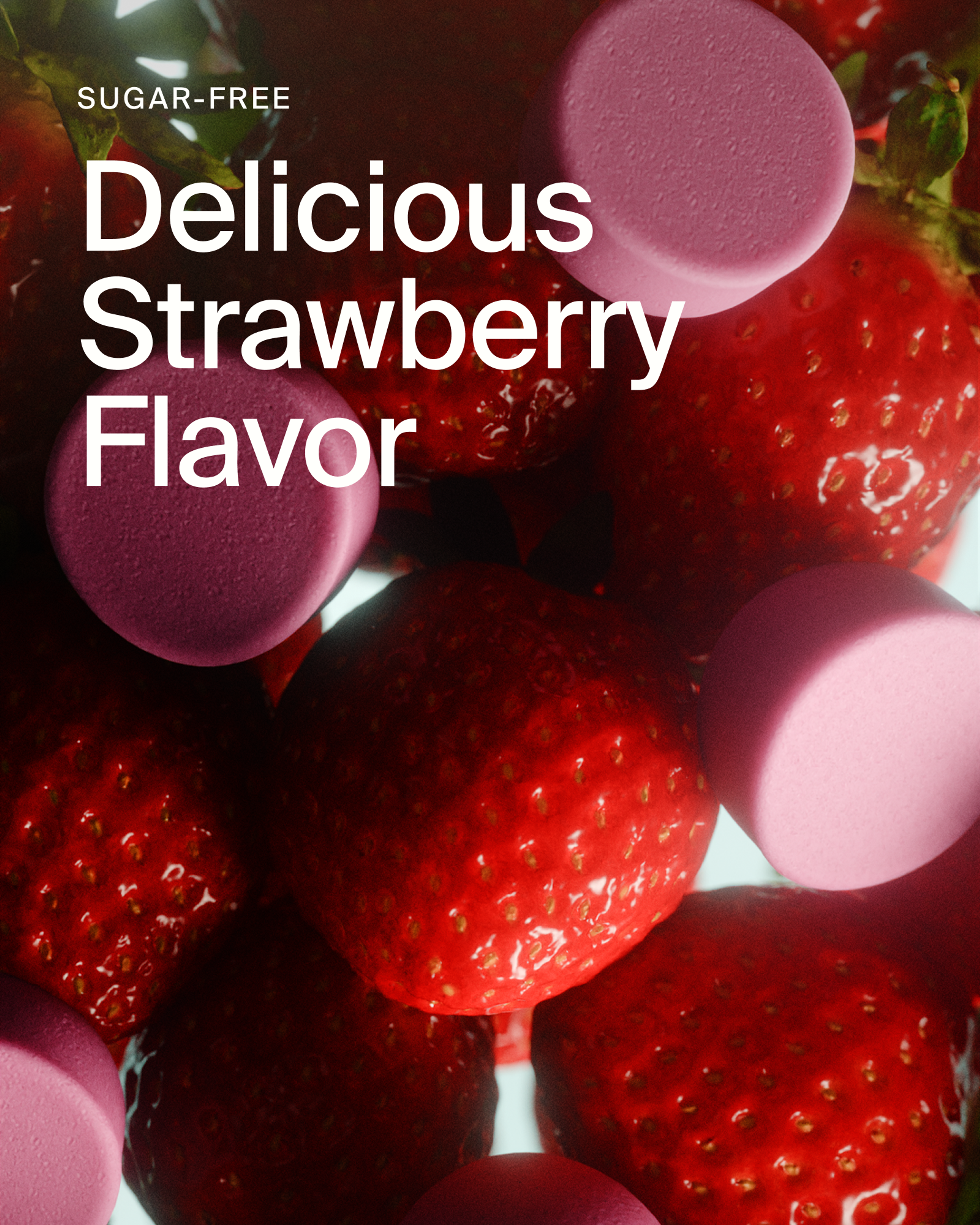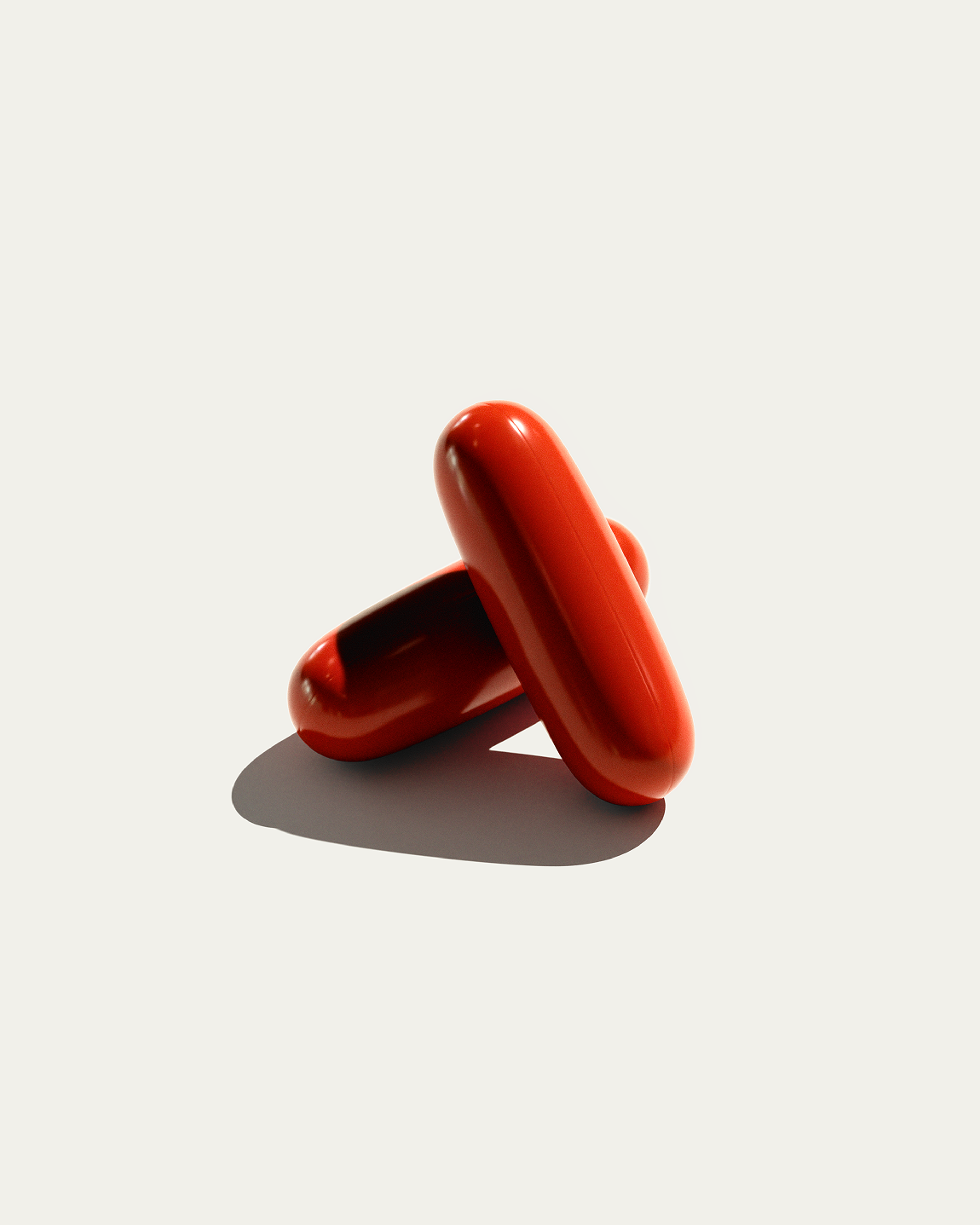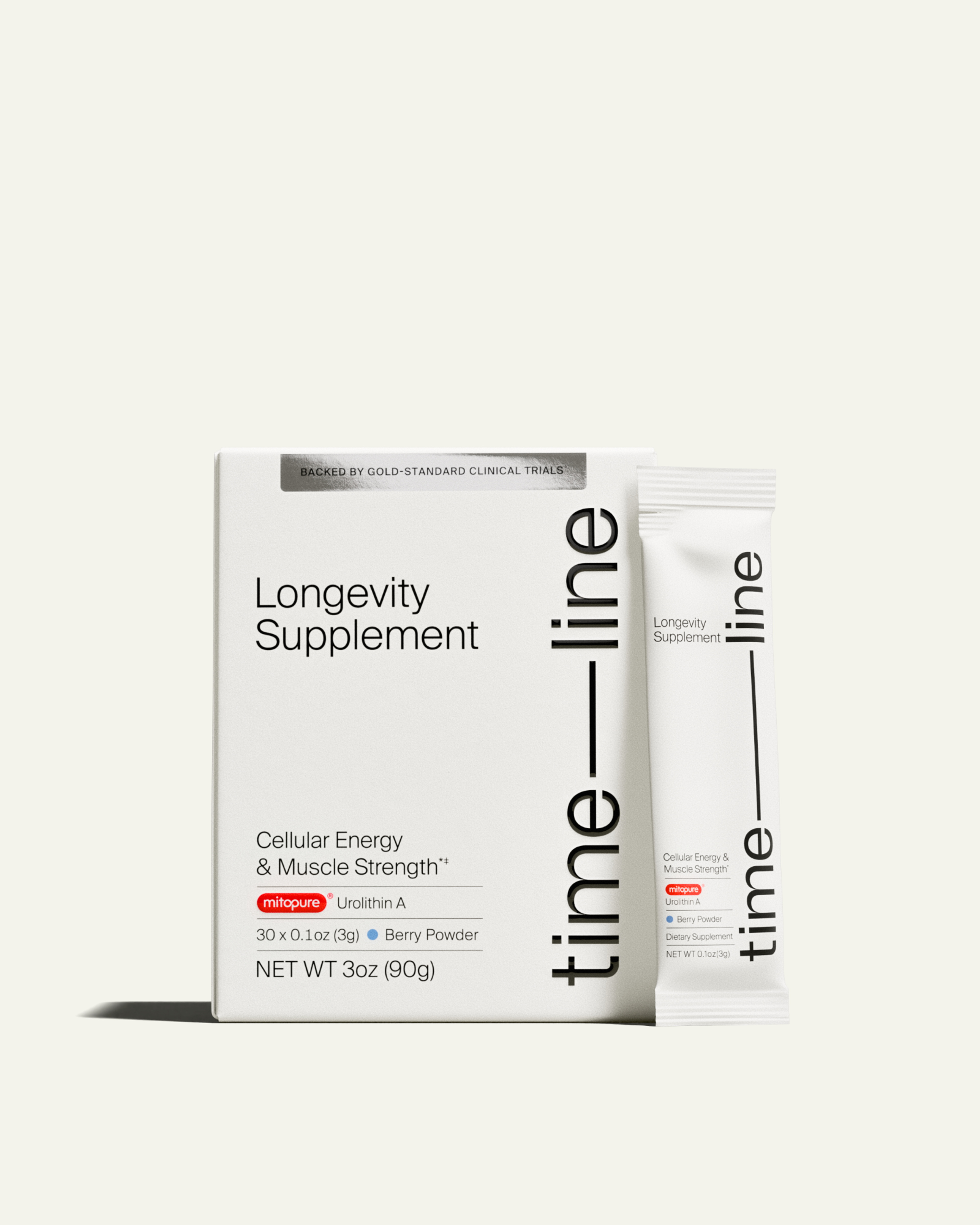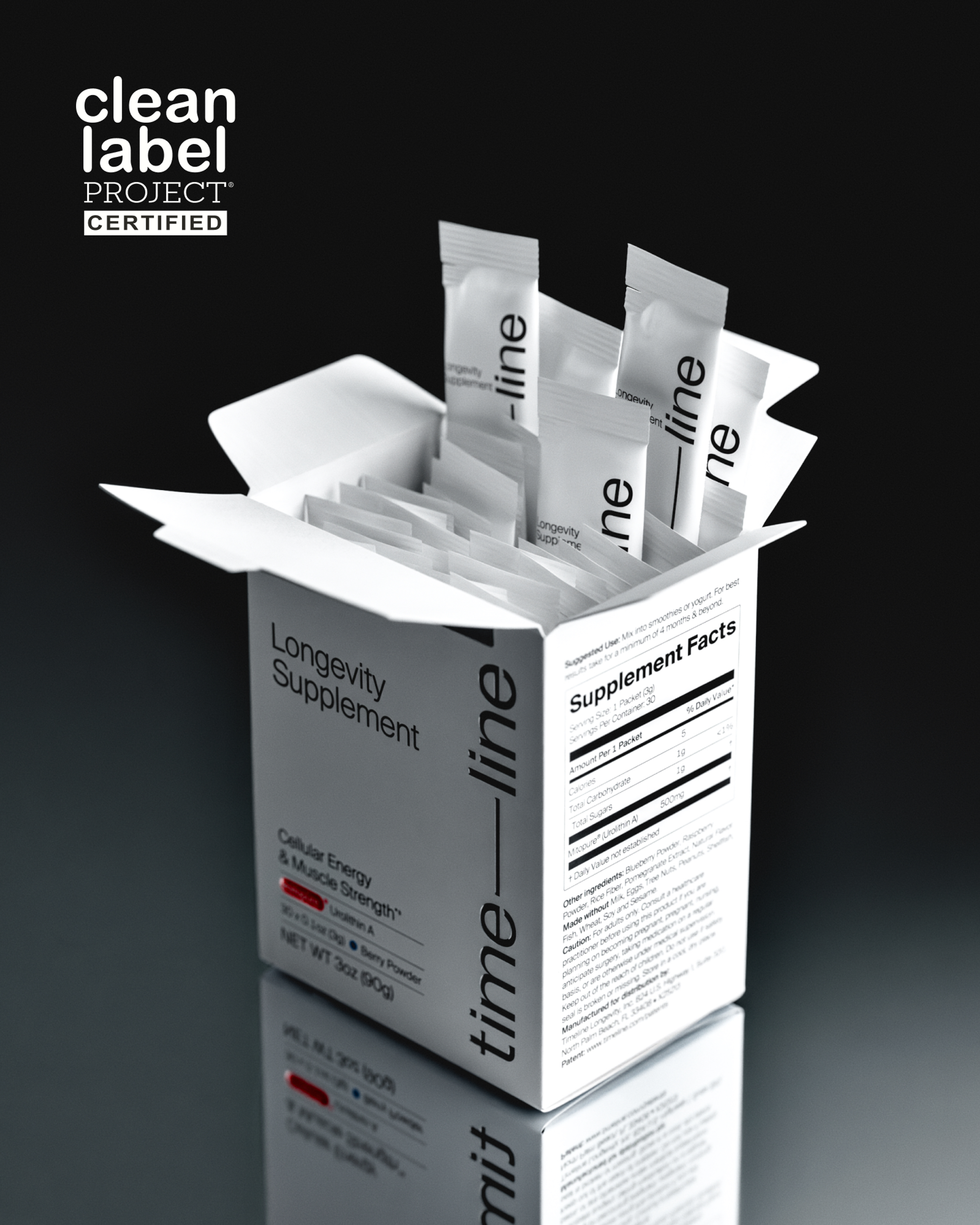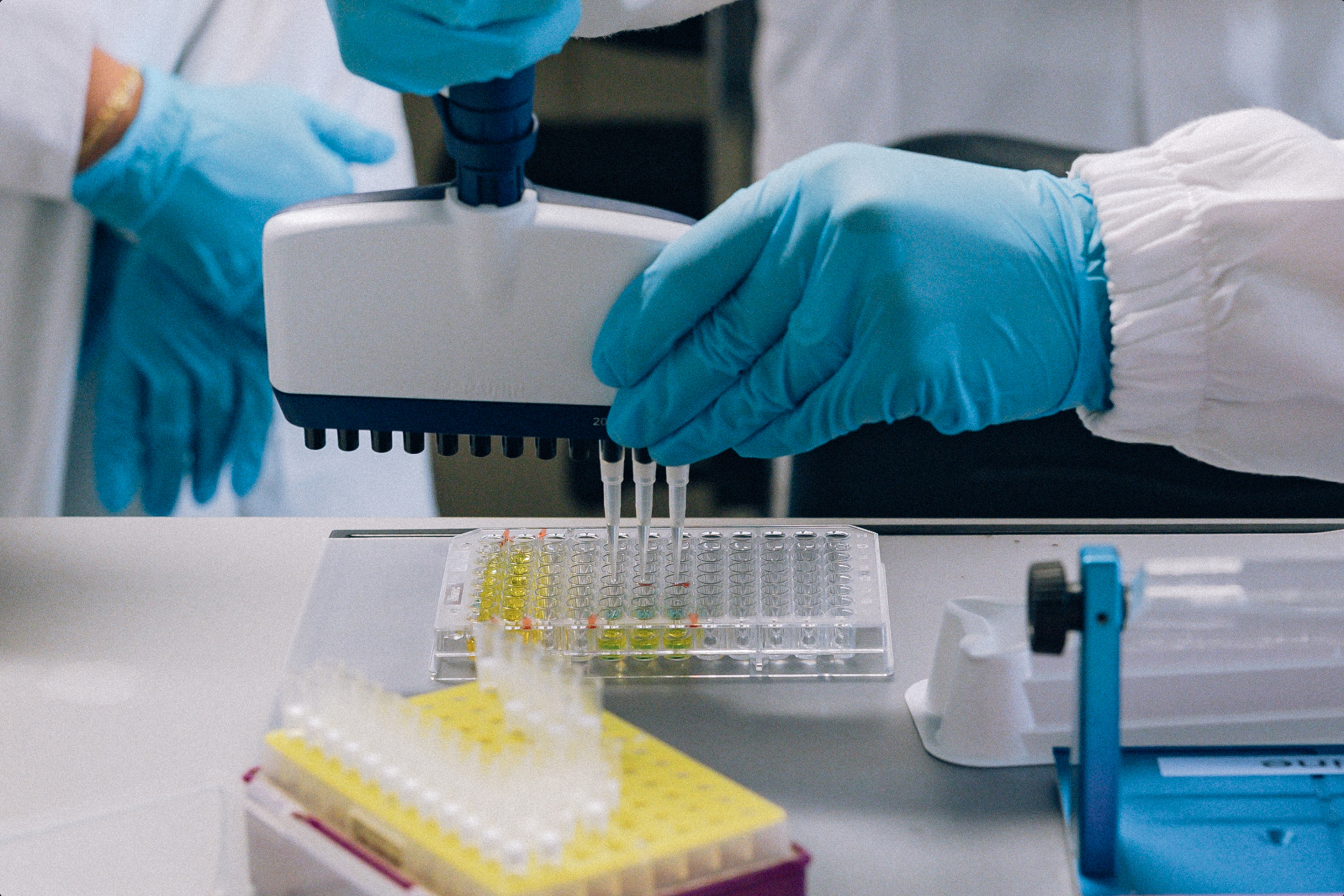Mineral vs. chemical sunscreen: Which is better?
Compare mineral vs. chemical sunscreens to find the best protection for your skin. Discover the benefits of natural, non-toxic mineral sunscreens!
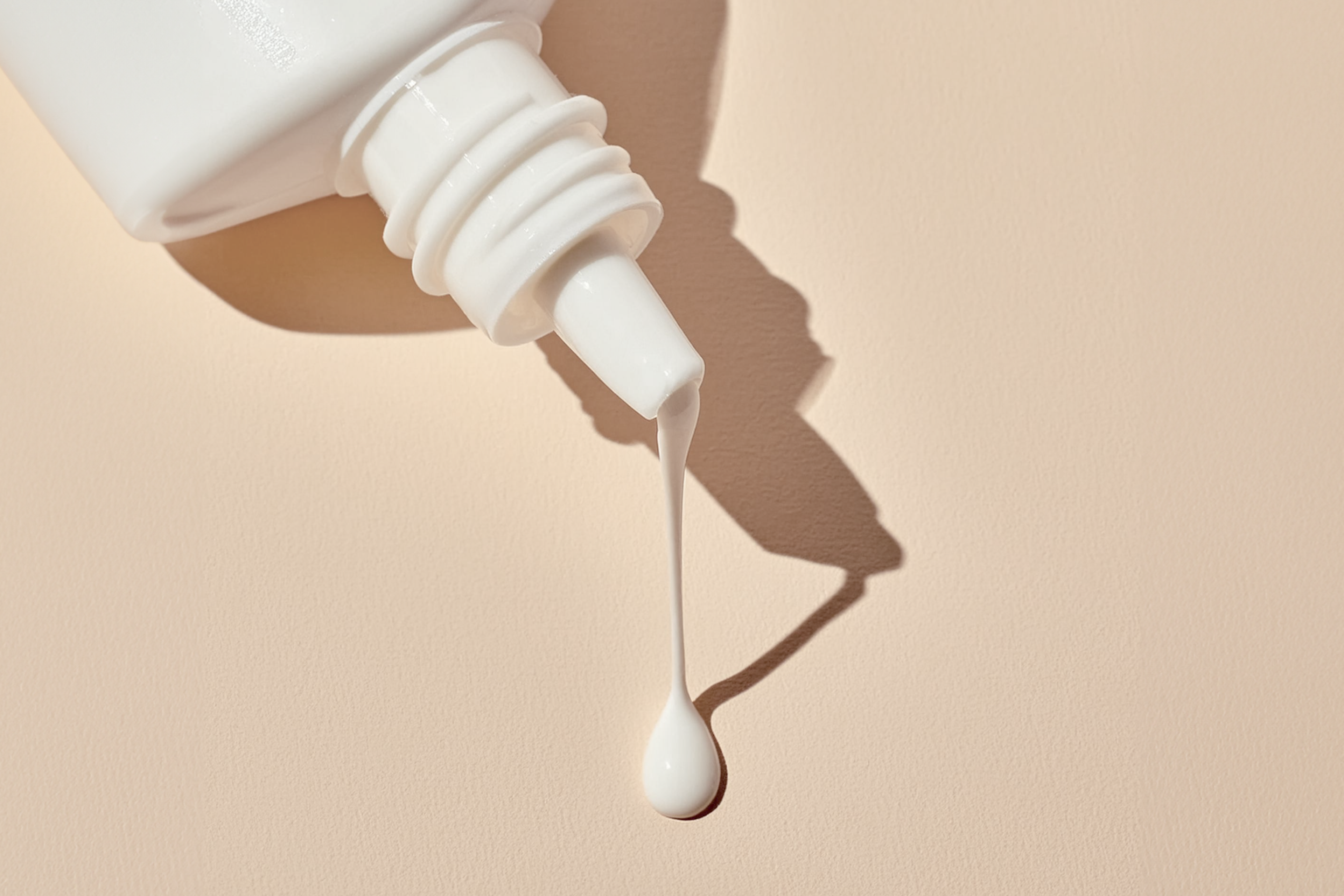
What to know
Chemical sunscreens typically absorb UV radiation and convert it into heat. In contrast, mineral sunscreens reflect and scatter UV rays, providing a physical barrier on the skin's surface.
Mineral sunscreens are generally considered safer than chemical sunscreens as they do not penetrate the skin or bloodstream.
Mineral sunscreens are more environmentally friendly and reef-safe due to their natural ingredients.
Mineral sunscreens naturally offer broad-spectrum protection against both UVA and UVB radiation.
While it does not act as a sunscreen itself, Mitopure® exhibits can assist with healing sun-damaged skin.
Sunscreen is all about reflecting or redirecting the harmful rays of the sun. However, not all sunscreens operate the same way. The choice between chemical-based or mineral-based sunscreen formulations can significantly impact the quality of protection we receive. Given how frequently we must apply (and reapply) sunscreen, it's crucial to select a product that’s not only effective but also safe. Let’s delve deeper into the difference between mineral and chemical sunscreen and the benefits of mineral sunscreen.
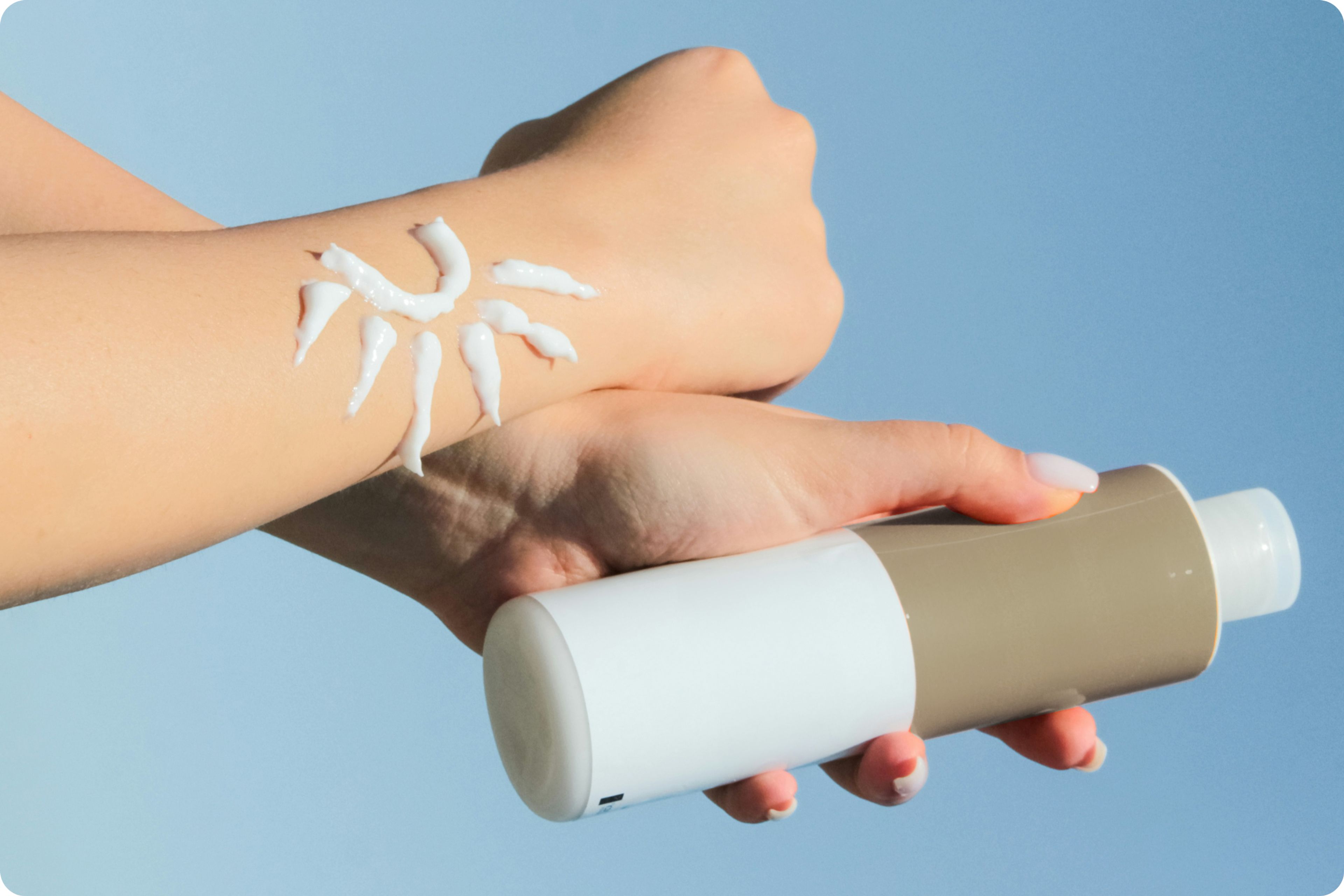
Chemical vs. mineral sunscreens
Sun damage is the number one extrinsic cause of skin aging. In fact, 80% of skin aging is attributed to the harmful effect of the sun's UV rays. [1]Unprotected UV exposure not only damages skin health but can also lead to various skin concerns, including sunburns, inflammation, and an increased risk of skin cancer. [2]Incorporating sunscreen into your daily routine is crucial to prevent premature skin aging and the deterioration of skin health, even in the winter![3]
Sunscreens typically fall into one of two categories: chemical or mineral. Chemical and mineral sunscreen contains different active ingredients which protect your skin from UV radiation. Chemical sunscreen contains carbon-based compounds that absorb UV radiation, while mineral sunscreen creates a physical barrier on the skin that reflects the sun's rays.[4]
Chemical sunscreen
If your sunscreen contains compounds such as oxybenzone, avobenzone, or octinoxate, it’s a chemical sunscreen. The ingredients in your chemical sunscreen are designed to penetrate deep into your skin. Once they penetrate the skin, the active ingredients absorb UV radiation and convert it to heat, a less harmful form of energy.
How does chemical sunscreen work?
UV radiation can wreak havoc on our cells. The energy from the sun’s rays damages and destabilizes our cells, leading to oxidative stress, a primary hallmark of aging. Chemical sunscreen tackles this by redirecting this harmful energy into heat. The active ingredients in sunscreen are designed to capture the specific wavelengths of UV radiation, preventing them from damaging surrounding molecules.
Is chemical sunscreen safe?
Chemical sunscreen has been used for decades and continues to protect us against UVA and UVB radiation. That being said, the penetrative nature of these agents encourages more ingredient/cell interactions, which introduces more opportunities for adverse reactions. This can also lead to the compound getting absorbed into our bloodstream.[5] This results in a heightened risk of skin irritation and allergic reactions.
Concern has been raised that oxybenzone may be a hormone disruptor. [6]Hormone disruption in the skin can influence acne, pore size, wrinkling, and some fear even certain types of cancer. More research still needs to be done to understand the risks fully, but in the meantime, safer alternatives like mineral sunscreen exist.
Read more about safer skin products here.
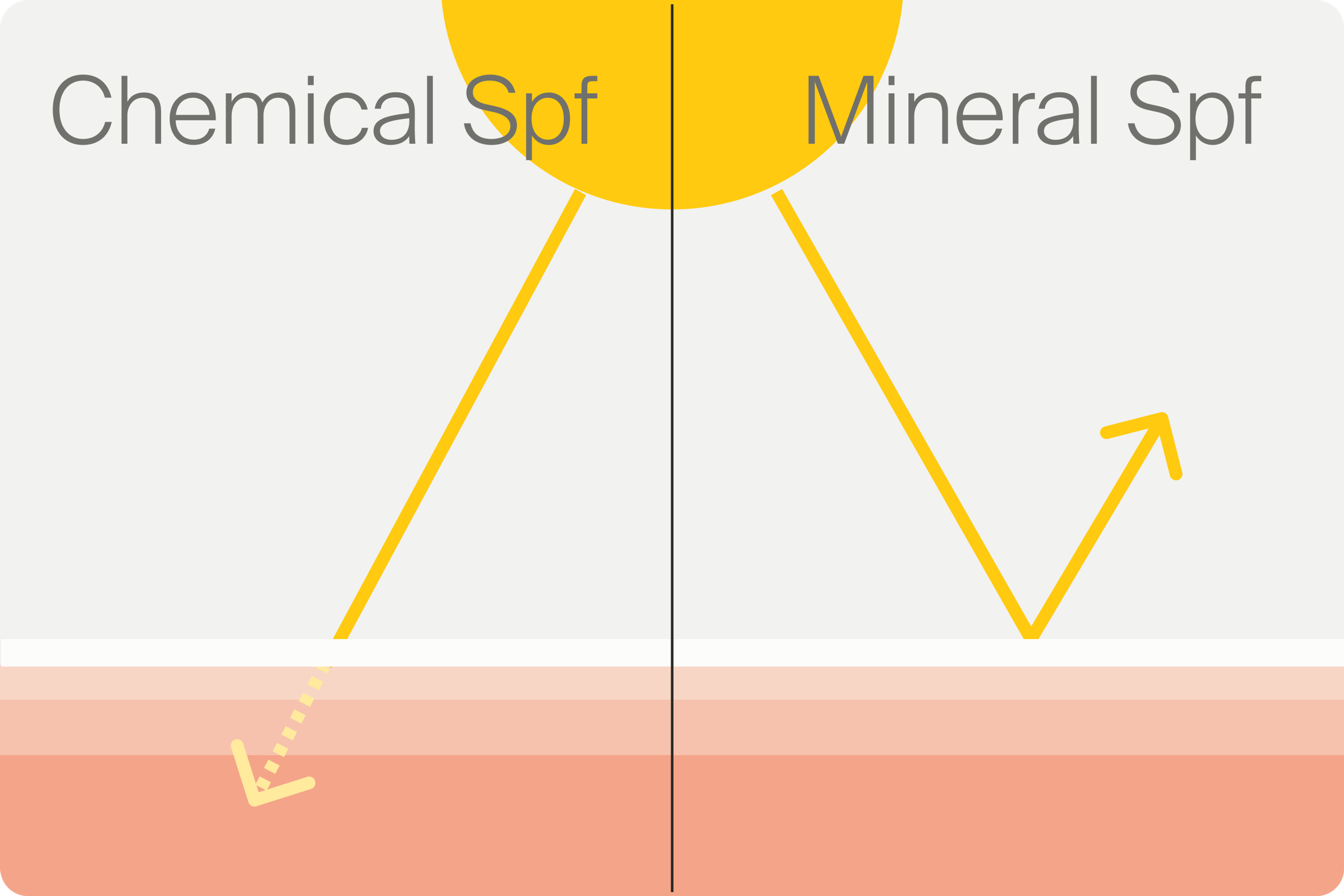
Mineral sunscreen
Mineral sunscreen contains active ingredients derived from natural minerals, primarily zinc oxide and titanium dioxide. There are several benefits of mineral sunscreen and zinc-based sunscreens. These minerals act as a physical barrier, reflecting and scattering UV rays before they can reach the skin's surface.[7] This earns mineral sunscreen its straightforward nickname: physical sunscreens.
How does mineral sunscreen work?
Unlike chemical sunscreen, mineral sunscreen doesn’t penetrate the skin. Instead, they create a protective layer on the skin’s surface. Titanium dioxide and zinc oxide sunscreen have a high refractive index, allowing them to bend and scatter light. This creates a layer that shields the skin from oncoming UVA and UVB rays. Like chemical sunscreen, these active ingredients can also absorb UV light; this allows them to absorb and neutralize UV radiation as well.[8]
How long does mineral sunscreen last?
Chemical compounds like oxybenzone and avobenzone are typically unstable and can break down over time. Mineral sunscreen does not degrade and can maintain its protective properties throughout the day.[9] However, you should still reapply mineral sunscreen every two hours, especially after swimming or sweating.[10]
How to decide between mineral vs. chemical sunscreen?
When selecting sunscreen, it’s important to consider your individual preferences, skin types, and sensitivities. Here are some differences between mineral and chemical sunscreen.
Benefits of chemical sunscreen:
- Whitecast. Because chemical sunscreen is absorbed into the skin, they are typically more lightweight and less visible than their untinted mineral counterparts.
- UVA protection. Depending on the formulation, chemical sunscreen offers better UVA protection than mineral sunscreen.[11]
Benefits of mineral sunscreen:
- Safe. Mineral sunscreen doesn’t penetrate the skin or get absorbed into the bloodstream. The active ingredients are also derived from natural compounds. Because of this, it is generally considered safer than chemical alternatives, especially for sensitive skin types.[12]
- Broad-spectrum protection. All mineral sunscreen naturally protects you from both UVA and UVB radiation.[13]
- Protects against blue light. The physical shield that mineral sunscreen forms can also protect against damage from the blue light present in our devices.[14]
- Effective immediately. Due to the physical nature of its mechanism, mineral sunscreen is effective immediately, whereas chemical sunscreen requires up to 20 minutes to activate.[15]
- Environmentally friendly and reef-safe. The natural ingredients make the product less toxic to our skin and the environment.
Why is mineral sunscreen better?
When it comes to skin health, mineral sunscreen is considered the safer option. Its natural ingredients are less likely to cause skin irritation, inflammation or disrupt hormonal balance. They also have less impact on the environment, ocean life and coral reefs.
While mineral sunscreen is considered safer, it may leave a white cast on the skin. Many modern mineral sunscreen formulations have addressed this by using nano-sized particles. You can also opt for tinted mineral sunscreen varieties for a more cosmetically elegant finish.
Addressing sun-damaged skin
While sunscreen is the most effective preventative measure against sun damage, there are other mechanisms to help tackle existing oxidative stress in our skin. Compounds such as Mitopure (Urolithin A) can tackle sun damage and slow skin aging.
Mitopure for sun-damaged skin
Mitopure®, a highly pure form of Urolithin A, can be a powerful ally in combating the effects of sun damage and skin aging. While it does not act as a sunscreen itself, Mitopure® exhibits antioxidant, anti-inflammatory, and anti-aging properties, which can assist with healing sun-damaged skin.[16]
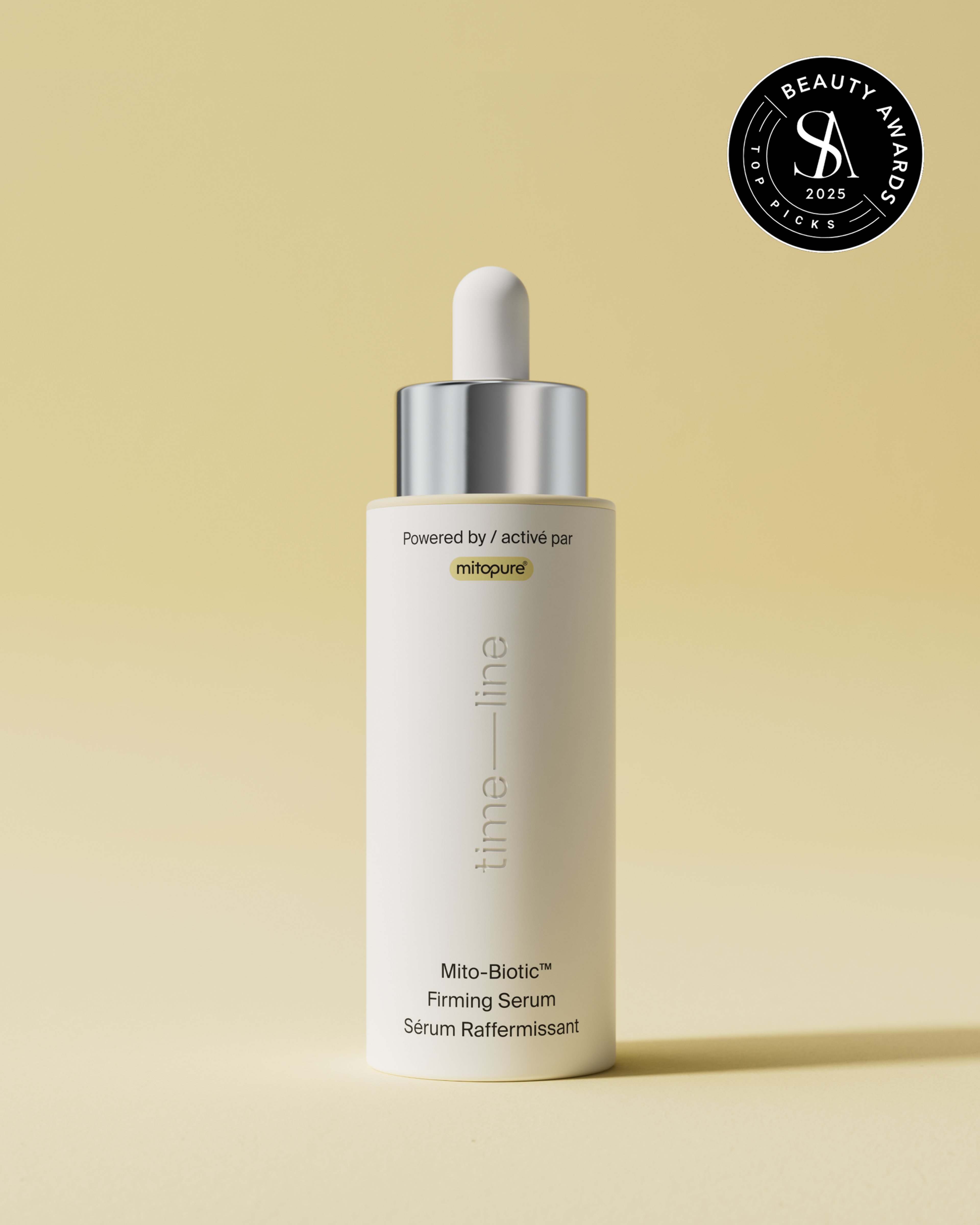
Mito-Biotic™ Firming Serum
4.8 · 1446 reviews
Award-winning bioactive formula for renewal
Here are some benefits of using Mitopure in conjunction with an SPF.
- Reduce sun damage. Studies show that Mitopure when applied topically, can help to resolve inflammation and redness caused by UV damage. This can reduce the downstream effects of sun exposure. Furthermore, Urolithin A is known to support mitophagy; this reduces oxidative stress triggered by mitochondrial dysfunction, one of the hallmarks of aging.[17]
- Slow skin aging. Mitopure® promotes cellular repair, collagen production, and rejuvenation processes in the skin. Mitopure® is clinically proven to reduce signs of skin aging, such as wrinkling and fine lines, and promote skin firmness and elasticity.[18] This keeps your skin healthy and resilient!
Mitopure is not a substitute for sunscreen but rather a complementary addition to your skincare routine. Incorporating Mitopure into your regimen can help enhance your skin's overall health and resilience, so consider using it with your mineral or chemical sunscreen!
Authors

Freelance writer

Reviewed by
Lead Regulatory Affairs & Scientific Manager Alliances at Timeline
References
- ↑
Baumann, L. (2007). Skin ageing and its treatment. The Journal of Pathology, 211. https://doi.org/10.1002/path.2098.
- ↑
D'Orazio, J., Jarrett, S., Amaro-Ortiz, A., & Scott, T. (2013). UV radiation and the skin. International journal of molecular sciences, 14(6), 12222–12248. https://doi.org/10.3390/ijms140612222
- ↑
Hung, M., Beazer, I. R., Su, S., Bounsanga, J., Hon, E. S., & Lipsky, M. S. (2022). An Exploration of the Use and Impact of Preventive Measures on Skin Cancer. Healthcare (Basel, Switzerland), 10(4), 743. https://doi.org/10.3390/healthcare10040743
- ↑
Geoffrey, K., Mwangi, A. N., & Maru, S. M. (2019). Sunscreen products: Rationale for use, formulation development and regulatory considerations. Saudi pharmaceutical journal : SPJ : the official publication of the Saudi Pharmaceutical Society, 27(7), 1009–1018. https://doi.org/10.1016/j.jsps.2019.08.003
- ↑
Benson, H. A., Sarveiya, V., Risk, S., & Roberts, M. S. (2005). Influence of anatomical site and topical formulation on skin penetration of sunscreens. Therapeutics and clinical risk management, 1(3), 209–218.
- ↑
Suh, S., Pham, C., Smith, J., & Mesinkovska, N. A. (2020). The banned sunscreen ingredients and their impact on human health: a systematic review. International journal of dermatology, 59(9), 1033–1042. https://doi.org/10.1111/ijd.14824
- ↑
Geoffrey, K., Mwangi, A. N., & Maru, S. M. (2019). Sunscreen products: Rationale for use, formulation development and regulatory considerations. Saudi pharmaceutical journal : SPJ : the official publication of the Saudi Pharmaceutical Society, 27(7), 1009–1018. https://doi.org/10.1016/j.jsps.2019.08.003
- ↑
Smijs, T. G., & Pavel, S. (2011). Titanium dioxide and zinc oxide nanoparticles in sunscreens: focus on their safety and effectiveness. Nanotechnology, science and applications, 4, 95–112. https://doi.org/10.2147/NSA.S19419
- ↑
Gabros S, Nessel TA, Zito PM. Sunscreens and Photoprotection. [Updated 2023 Jul 17]. In: StatPearls [Internet]. Treasure Island (FL): StatPearls Publishing; 2024 Jan-. Available from: https://www.ncbi.nlm.nih.gov/books/NBK537164/
- ↑
Kuritzky, L. A., & Beecker, J. (2015). Sunscreens. CMAJ : Canadian Medical Association journal = journal de l'Association medicale canadienne, 187(13), E419. https://doi.org/10.1503/cmaj.150258
- ↑
Paul S. P. (2019). Ensuring the Safety of Sunscreens, and Their Efficacy in Preventing Skin Cancers: Challenges and Controversies for Clinicians, Formulators, and Regulators. Frontiers in medicine, 6, 195. https://doi.org/10.3389/fmed.2019.00195
- ↑
Kuritzky, L. A., & Beecker, J. (2015). Sunscreens. CMAJ : Canadian Medical Association journal = journal de l'Association medicale canadienne, 187(13), E419. https://doi.org/10.1503/cmaj.150258
- ↑
Geoffrey, K., Mwangi, A. N., & Maru, S. M. (2019). Sunscreen products: Rationale for use, formulation development and regulatory considerations. Saudi pharmaceutical journal : SPJ : the official publication of the Saudi Pharmaceutical Society, 27(7), 1009–1018. https://doi.org/10.1016/j.jsps.2019.08.003
- ↑
Geoffrey, K., Mwangi, A. N., & Maru, S. M. (2019). Sunscreen products: Rationale for use, formulation development and regulatory considerations. Saudi pharmaceutical journal : SPJ : the official publication of the Saudi Pharmaceutical Society, 27(7), 1009–1018. https://doi.org/10.1016/j.jsps.2019.08.003
- ↑
Dale Wilson, B., Moon, S., & Armstrong, F. (2012). Comprehensive review of ultraviolet radiation and the current status on sunscreens. The Journal of clinical and aesthetic dermatology, 5(9), 18–23.
- ↑
Topical application of Urolithin A slows intrinsic skin aging and protects from UVB-mediated photodamage: Findings from Randomized Clinical Trials D D’Amico, AM Fouassier, J Faitg, N Hennighausen, M Brandt, D Konstantopoulos, C Rinsch, A Singh medRxiv 2023.06.16.23291378; doi: https://doi.org/10.1101/2023.06.16.23291378
- ↑
Liu, W., Yan, F., Xu, Z., Chen, Q., Ren, J., Wang, Q., Chen, L., Ying, J., Liu, Z., Zhao, J., Qiu, J., Zhang, C., Jiang, M., & Xiang, L. (2022). Urolithin A protects human dermal fibroblasts from UVA-induced photoaging through NRF2 activation and mitophagy. Journal of photochemistry and photobiology. B, Biology, 232, 112462. https://doi.org/10.1016/j.jphotobiol.2022.112462
- ↑
Chen, L., Hu, J. Y., & Wang, S. Q. (2012). The role of antioxidants in photoprotection: a critical review. Journal of the American Academy of Dermatology, 67(5), 1013–1024. https://doi.org/10.1016/j.jaad.2012.02.009
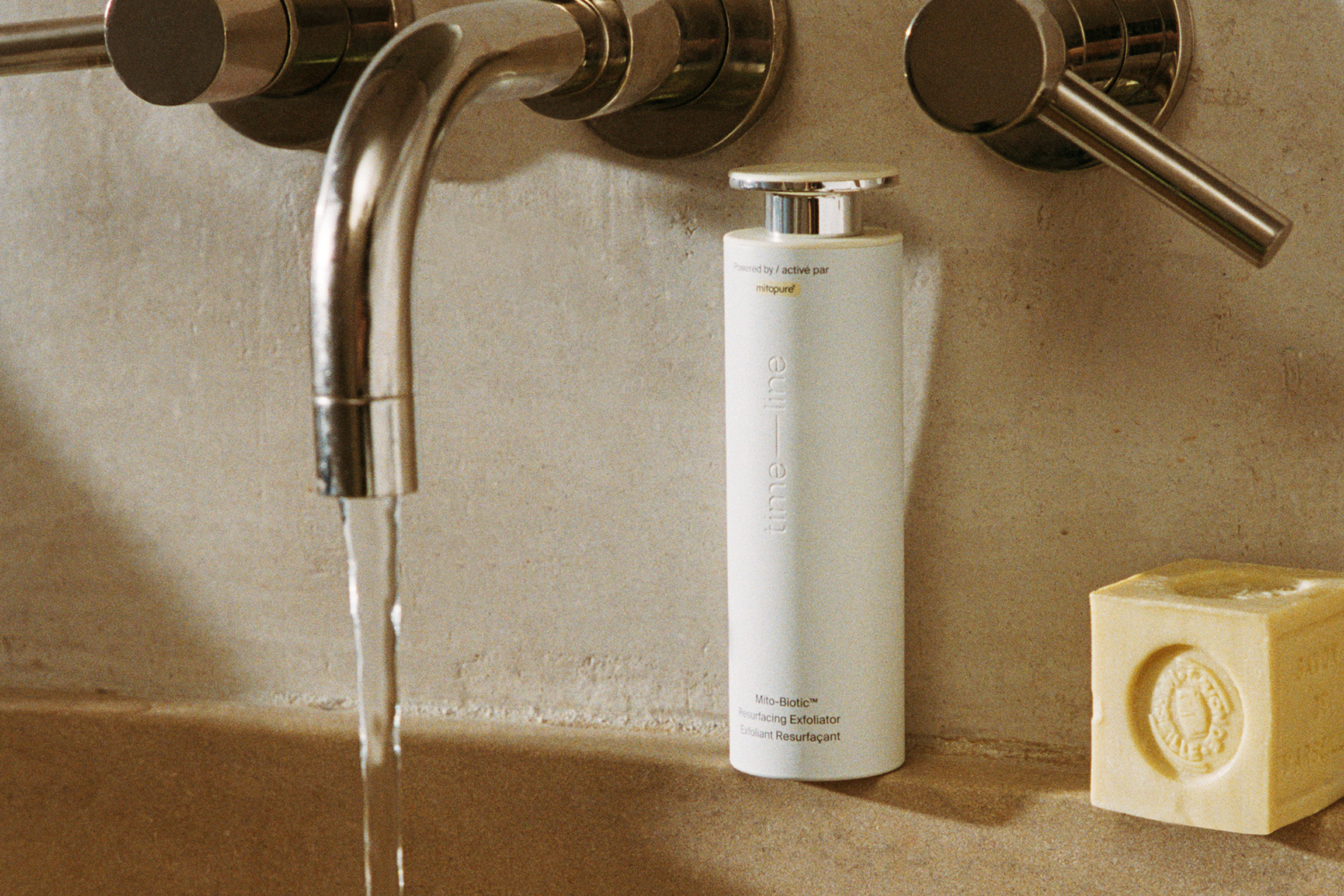
·
Should You Exfoliate in the Winter?
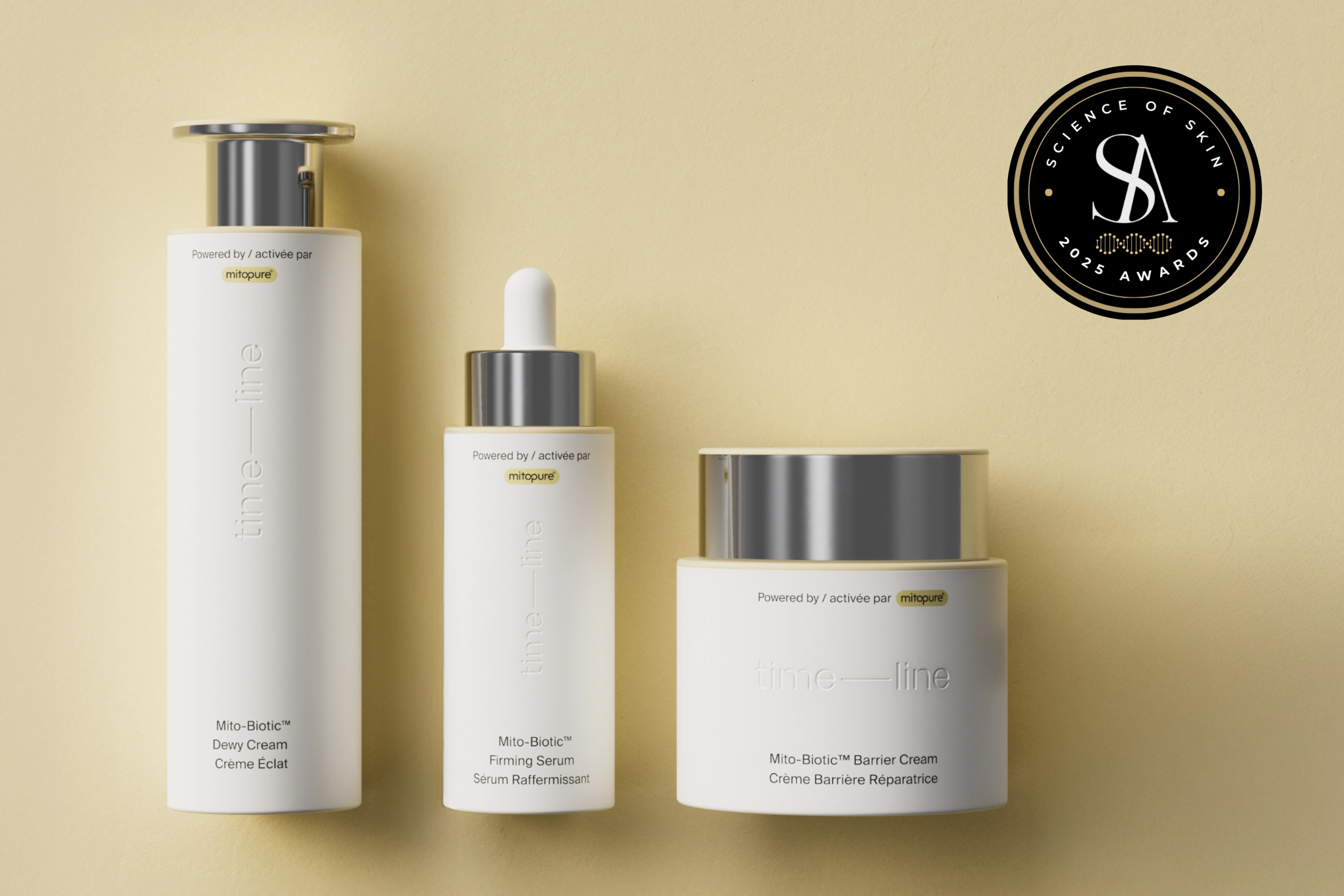
Video
